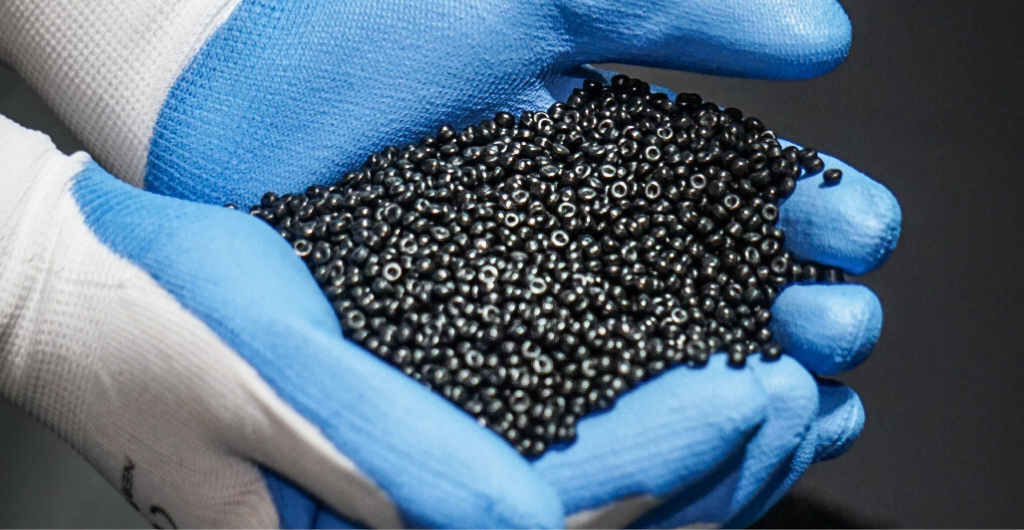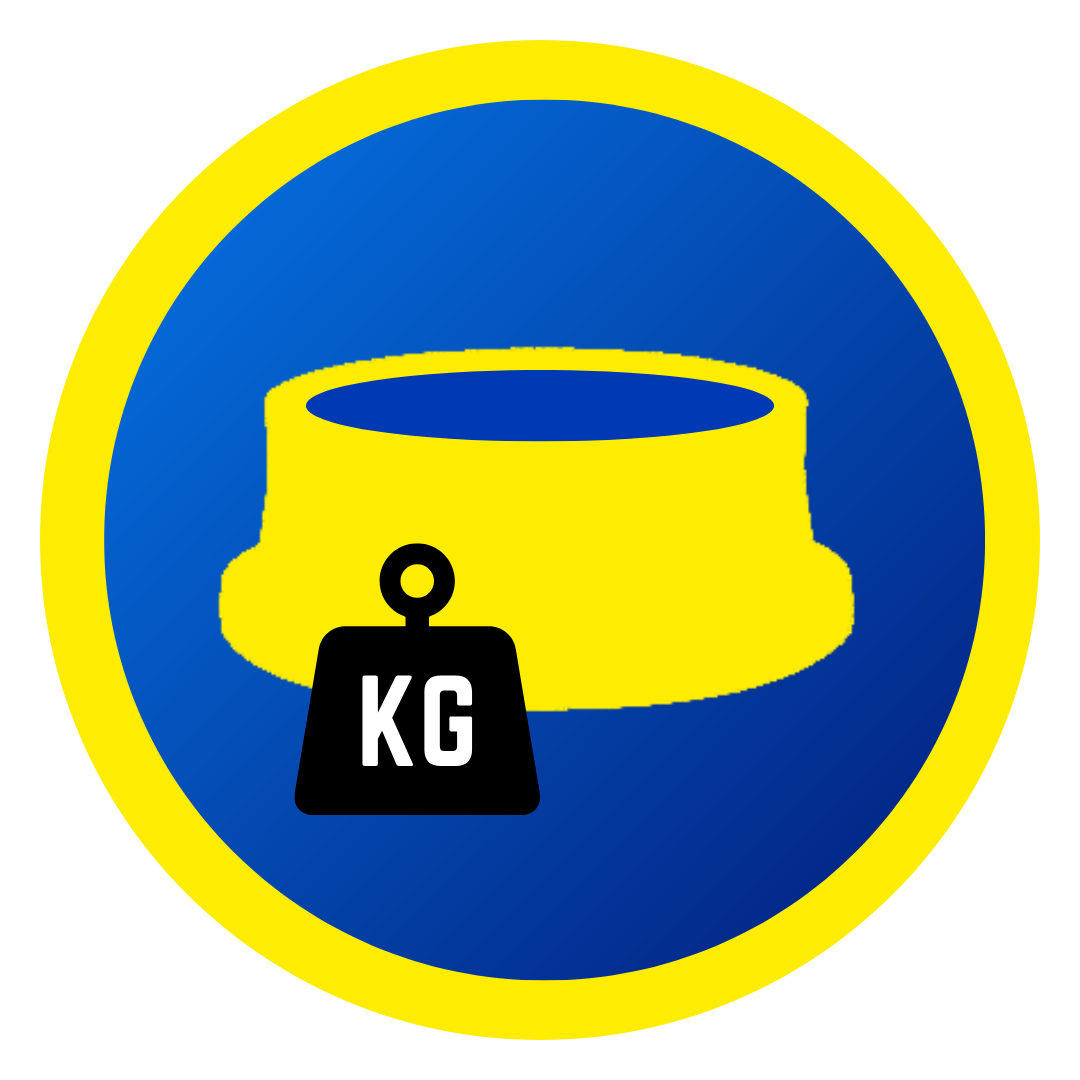
Polyethylene, commonly referred to as PE, is a plastic material that has revolutionised the industrial world thanks to its unique and versatile characteristics. Inexpensive, resistant and incredibly adaptable, polyethylene is today one of the most widespread polymers used in various sectors, from construction to the food industry and the transport of water and gas. In this article, we will explore the history, characteristics and main applications of this extraordinary material, with a specific focus on polyethylene fittings and their unique properties.
Introduction to Polyethylene: What it is and How it is Synthesised
Polyethylene (-CH2CH2-) is the simplest of the synthetic polymers and is one of the world’s most popular plastics, both because of its versatility and relatively low production costs. It is obtained from ethylene, a simple hydrocarbon that has a double bond structure between the carbon atoms. This double bond gives ethylene considerable stability, a characteristic that is also transferred to its derivative products.
The History of Polyethylene: From First Discoveries to Mass Production
Polyethylene was first discovered in 1898 by the German chemist Hans von Pechmann, who accidentally synthesised it while heating diazomethane. Initially, this discovery did not have an immediate industrial impact, but with time the potential of polyethylene was recognised. In 1939, the first large-scale production plant was inaugurated, and during the following years, new polymerisation methods using different catalysts were developed.
A turning point came thanks to the German scientist Karl Ziegler and the Italian Giulio Natta, whose research into polymerisation methods won them the Nobel Prize in Chemistry. Their studies resulted in different varieties of polyethylene, each with unique properties that were suitable for various industrial uses. This discovery marked the beginning of mass production of polyethylene.
Classification of Types of Polyethylene
Polyethylene can be divided into different categories according to density and molecular branching, characteristics that directly influence the physical properties of the material. The main types are:
- Low Density Polyethylene (LDPE)
- Medium Density Polyethylene (MDPE)
- High Density Polyethylene (HDPE)
Polyethylene Applications: From Pipes to Fittings for Transporting Fluids
Polyethylene is widely used in many industries for the production of pipes and fittings for transporting water and natural gas. In addition to its use in fluid transport infrastructure, polyethylene is widely used in packaging, agriculture and in the production of containers and toys.
Features of Polyethylene Fittings: Why Choose Them?
Polyethylene fittings have a number of advantages that make them ideal for water and gas installations.
 | Temperature Resistance Polyethylene fittings provide for the passage of fluids at ambient temperatures ranging from -40°C to 60°C, making them suitable for transporting hot or cold water in many different environments. |
 | Impact Resistance Polyethylene fittings boast high impact resistance, offering durability and safety even in high-risk environments. |
 | Durability Polyethylene fittings are distinguished by their exceptional durability of more than 50 years, guaranteeing reliability and consistent performance over time. |
 | Flexibility Polyethylene fittings boast great flexibility, allowing for curved installation without compromising integrity. |
 | Abrasion Resistance Polyethylene fittings have excellent abrasion resistance, protecting pipes from wear and damage. |
 | Chemical Resistance Polyethylene fittings are also characterised by their high chemical resistance. In fact, this material is highly resistant to a wide range of chemicals. |
 | Corrosion Resistance Polyethylene fittings are corrosion resistant, unlike metals they do not rust over time. |
 | Low Specific Weight Polyethylene fittings have a low specific weight. Lightweight yet strong, they simplify installation and reduce transport and maintenance costs. |
 | Electrical Resistivity Polyethylene fittings have excellent electrical resistivity, offering good electrical insulation, making them particularly suitable for installations requiring protection from electrical discharge or leakage. |
